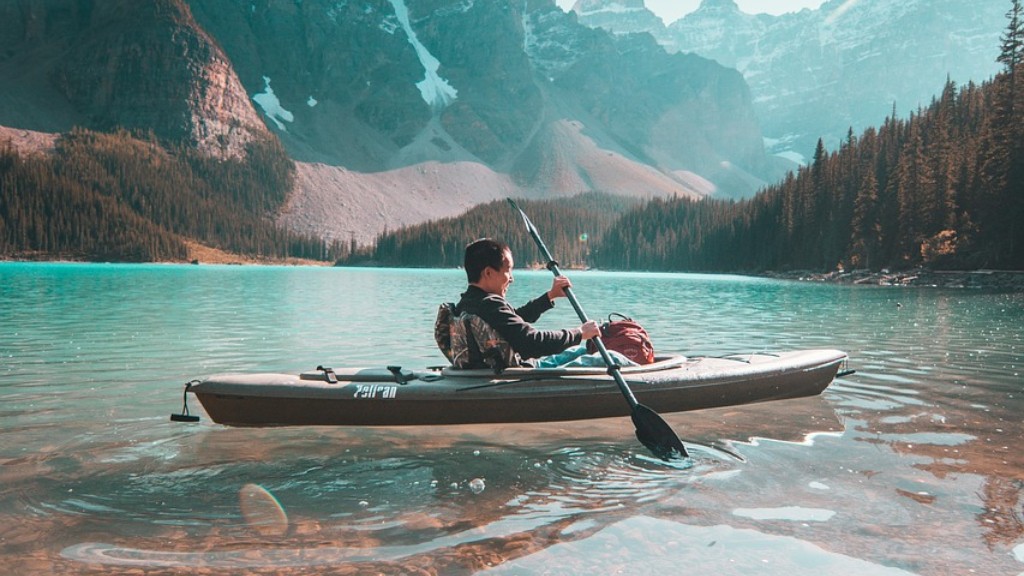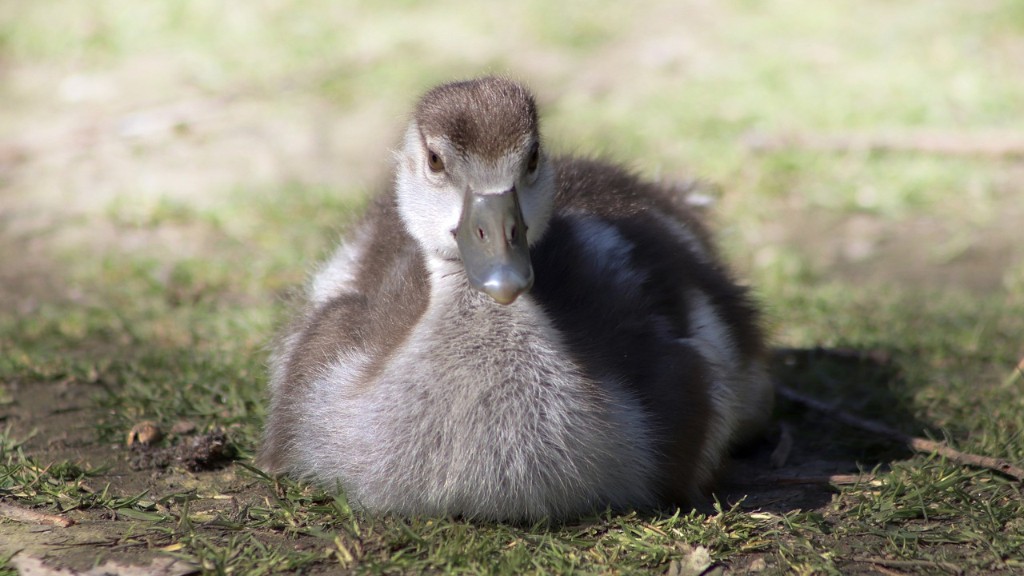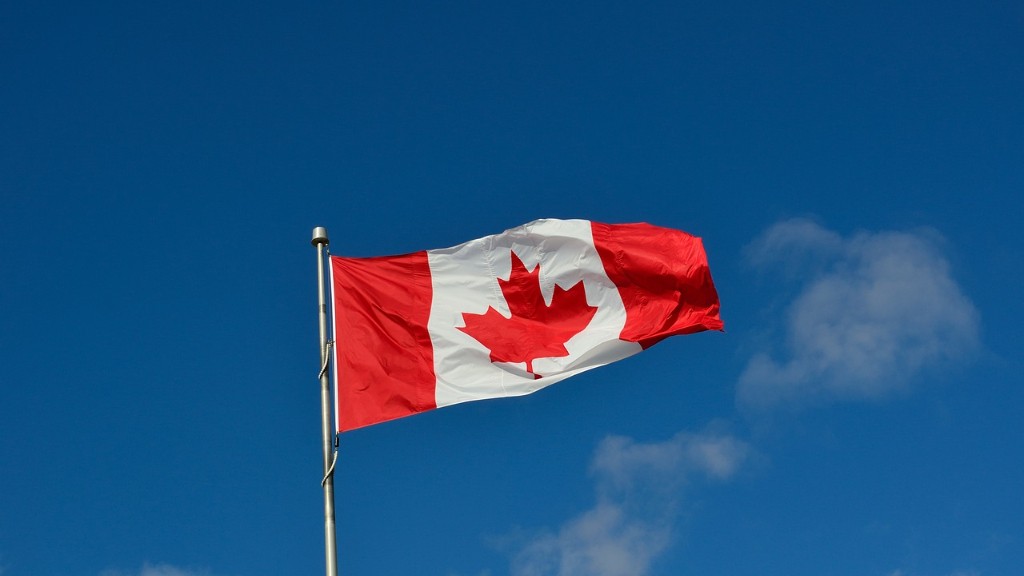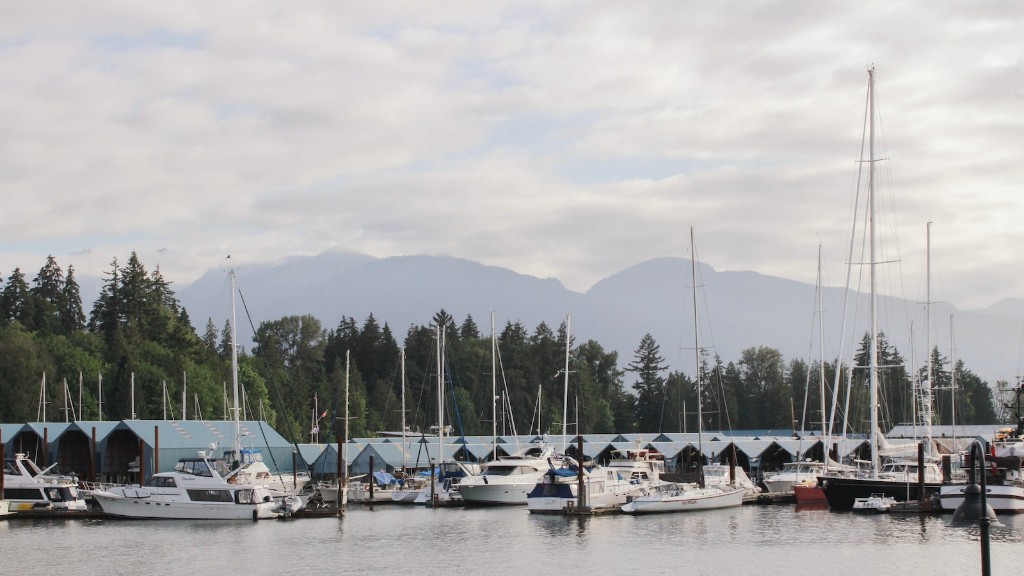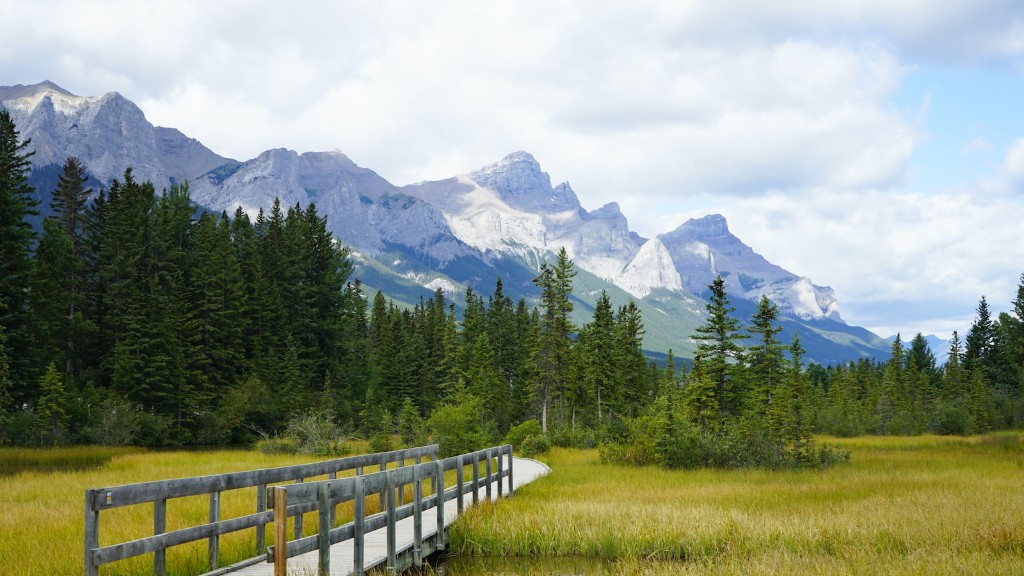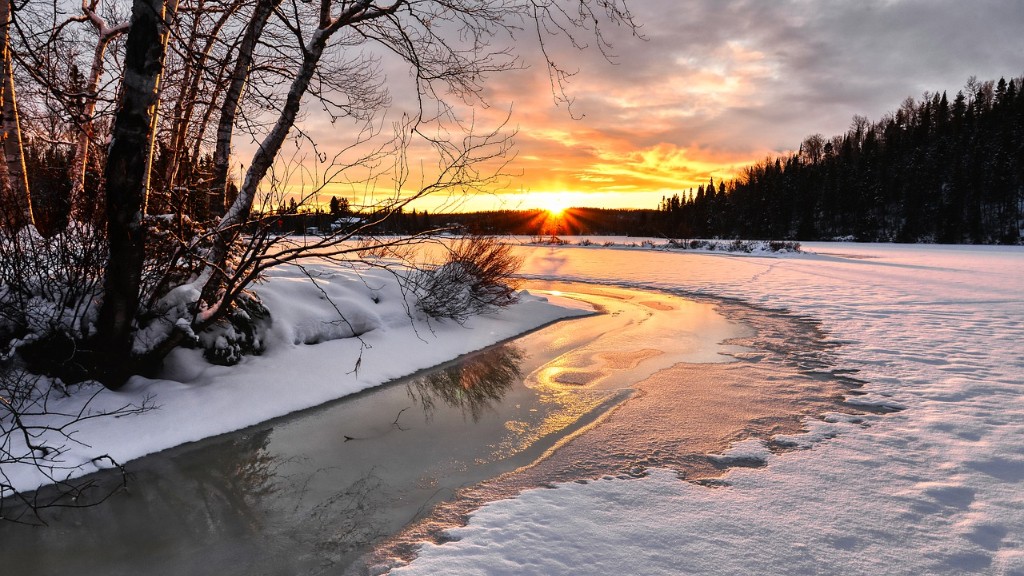Driving from Toronto to Vancouver:
The Ultimate Canadian Road Trip
Embarking on a cross-country road trip is an adventure that many Canadians dream of pursuing. One iconic route that captures the essence of Canada’s vast landscapes, diverse cultures, and breathtaking beauty is the drive from Toronto to Vancouver. Spanning over 4,300 kilometers (2,670 miles), this journey traverses multiple provinces, allowing travelers to experience the country’s rich history, thriving cities, and stunning natural wonders. To provide you with all the information you need for this epic expedition, we’ve compiled a comprehensive guide on how long it takes to drive from Toronto to Vancouver through Canada.
Background Information
The Toronto to Vancouver road trip typically begins by heading west from Toronto along the Trans-Canada Highway (Highway 401), connecting with Highway 17 at Sault Ste. Marie. This vast highway stretches across the northern regions of Ontario, Manitoba, Saskatchewan, and Alberta, before reaching the beautiful Rocky Mountains in Alberta. From there, the journey continues through the pristine wilderness of British Columbia, leading to the ultimate destination of Vancouver on the west coast.
While the direct route from Toronto to Vancouver can be completed in around 44 hours of non-stop driving, it is highly recommended to break up the trip into several days or even weeks to fully savor the experience. This allows ample time for detours, exploring attractions along the way, and enjoying the sights without rushing.
Relevant Data
The driving distance between Toronto and Vancouver is approximately 4,350 kilometers (2,700 miles). Given the vastness of Canada and the diverse road conditions, it is crucial to consider an average speed of 100 kilometers per hour (62 miles per hour) when calculating the driving time.
Here’s an estimation of the total driving time without stops:
- Toronto to Thunder Bay: 18 hours
- Thunder Bay to Winnipeg: 10 hours
- Winnipeg to Regina: 6 hours
- Regina to Calgary: 7 hours
- Calgary to Vancouver: 9 hours
Keep in mind that these times are approximate and can vary depending on weather conditions, traffic, and personal driving habits.
Perspectives from Experts
According to Mary Thompson, a seasoned travel writer and road trip enthusiast, “Driving from Toronto to Vancouver is an opportunity to witness the incredible diversity of Canada. From the urban landscapes of Toronto and Vancouver to the isolated beauty of the northern regions, this journey truly encapsulates the essence of our vast country.”
Thomas Anderson, a road trip expert and author of “The Great Canadian Drive,” recommends exploring the various national parks along the route. “Banff National Park and Jasper National Park in Alberta, as well as Yoho National Park in British Columbia, offer unparalleled natural beauty and unforgettable experiences. Take the time to immerse yourself in these breathtaking surroundings.”
Insights and Analysis
Embarking on this road trip provides a unique opportunity to witness the changing landscapes of Canada. Travelers will encounter everything from bustling cities to serene lakes, prairie plains, majestic mountains, and dense forests. The diversity of experiences along the way makes the Toronto to Vancouver drive an unforgettable adventure.
The drive also offers a chance to connect with local communities, learn about different cultures, and taste regional cuisines. Exploring charming towns and cities en route, such as Thunder Bay, Winnipeg, Regina, and Calgary, allows for a deeper understanding of Canadian heritage and traditions.
Additional Sections:
Section 1: Must-Visit Stops
1. Thunder Bay: A perfect place to engage in outdoor activities like hiking, fishing, and enjoying the stunning views of Lake Superior.
2. Winnipeg: Explore The Forks, a vibrant gathering place where the Red and Assiniboine Rivers meet, offering a blend of history, culture, and entertainment.
3. Regina: Discover the unique history and architecture of the provincial capital of Saskatchewan by visiting attractions like the Legislative Building.
4. Calgary: Immerse yourself in the vibrant energy of this modern city and visit the iconic Calgary Stampede, an annual rodeo, and festival celebrating Western heritage.
5. Vancouver: Indulge in the metropolitan wonders of Vancouver, including Stanley Park, Granville Island, and the breathtaking views from the Capilano Suspension Bridge.
Section 2: Safety and Preparation
1. Ensure your vehicle is in good condition before the trip, as breakdowns in remote areas could lead to delays and inconvenience.
2. Pack emergency supplies, including a first aid kit, flashlight, spare tire, and extra food and water in case of unexpected circumstances.
3. Familiarize yourself with local traffic laws and regulations in each province, as they might have slight variations.
4. Take breaks regularly to combat fatigue, stay alert on the road, and switch drivers if necessary.
5. Check weather conditions and road reports before departing. Be prepared for sudden changes in weather, especially in mountainous regions.
Section 3: Natural Wonders
1. Banff National Park: Admire the turquoise waters of Lake Louise, hike through stunning alpine meadows, and spot wildlife such as elk, mountain goats, and bears.
2. Jasper National Park: Immerse yourself in the tranquility of Maligne Lake, witness the impressive Athabasca Falls, and take a scenic drive along the Icefields Parkway.
3. Yoho National Park: Marvel at the powerful Takakkaw Falls, explore the Burgess Shale fossil beds, and hike amidst breathtaking vistas in this UNESCO World Heritage site.
4. Mount Revelstoke National Park: Take a drive through the Meadows in the Sky Parkway and experience the beauty of wildflower-filled meadows and panoramic mountain views.
5. Pacific Rim National Park Reserve: Enjoy the rugged coastline, pristine beaches, and lush rainforests of Vancouver Island, perfect for outdoor enthusiasts and nature lovers.
Section 4: Cultural Experiences
1. Indulge in Canadian cuisine along the way, such as poutine in Quebec, bannock in Manitoba, Saskatoon berries in Saskatchewan, and Nanaimo bars in British Columbia.
2. Attend local festivals and events during your journey, such as the Calgary Stampede, the Winnipeg Folk Festival, or Vancouver’s Celebration of Light fireworks show.
3. Immerse yourself in Indigenous cultures by visiting cultural centers, attending powwows, and exploring traditional artwork and crafts.
4. Discover the art scenes in major cities like Toronto and Vancouver, with museums, galleries, and street art showcasing diverse artistic expressions.
5. Engage with locals along the way, learn about their stories, and gain a deeper appreciation for the diverse cultures and traditions that make up Canada.
